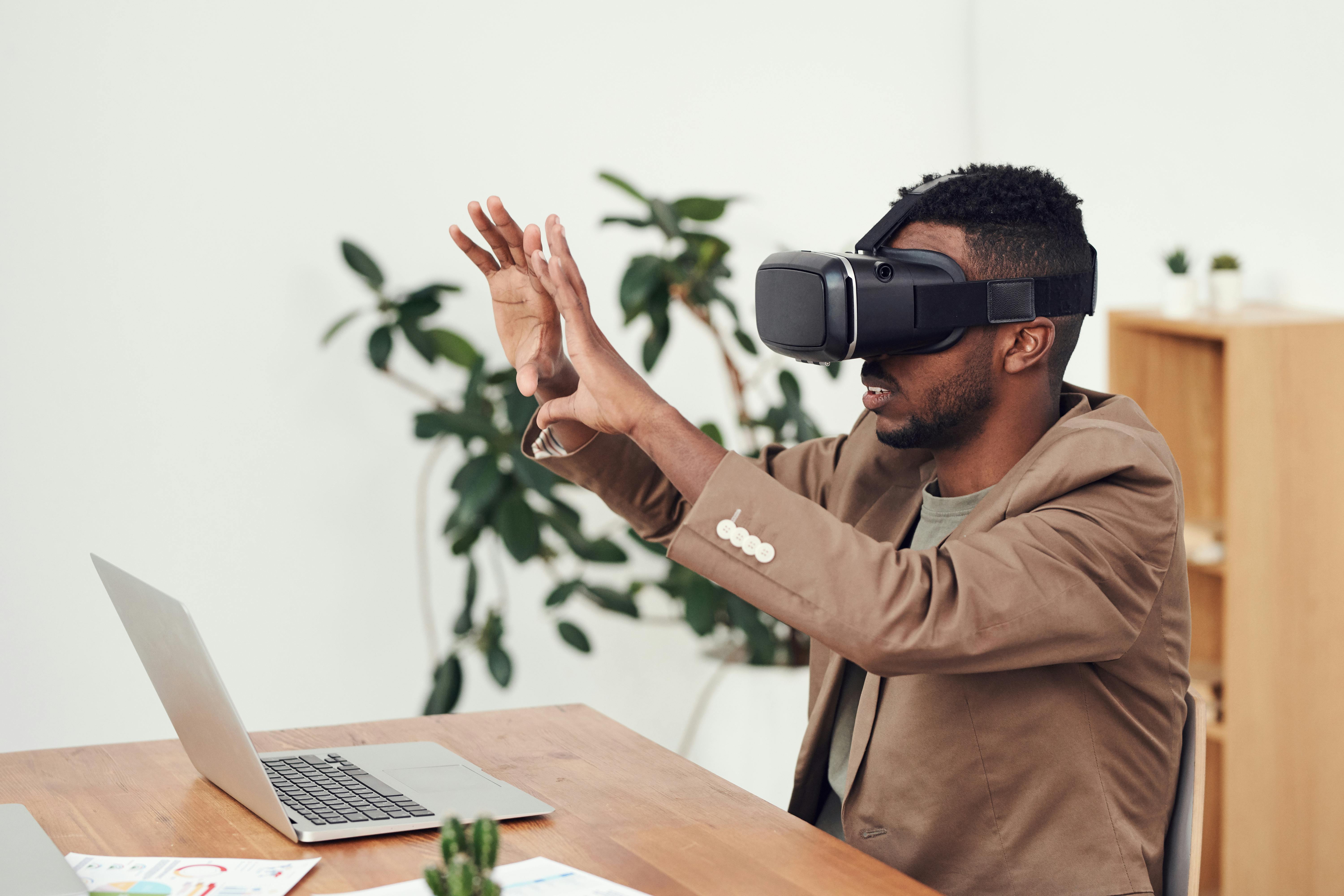Bridging the Gap: The Merging of Augmented Reality and Wearable Technology
You’ve heard of Augmented Reality (AR), and you've probably donned a piece of wearable tech, but what happens when these two technological forces collide? Let's dive into the dynamic world of AR-infused wearable technology, a realm where digital and physical realities blend seamlessly.

Tracing the Journey: A Genesis of Two Tech Titans
Our story begins with the birth of Augmented Reality and wearable technology, two distinct entities with intertwined destinies. AR technology, a concept first conceived by Tom Caudell in the early 1990s, overlays digital information onto the physical world. Wearable technology, on the other hand, dates back to the invention of the pocket watch in the 16th century, evolving to include fitness trackers, smart glasses, and watches over the centuries.
Over time, these two technologies began to merge, leading to a new era of user interaction and experience. Google Glass, launched in 2013, marked a significant milestone in this convergence, offering users a hands-free way to access digital information.
The Current Landscape: AR Wearables in 2022
Fast forward to today, and AR wearables are no longer a figment of science fiction; they’re rapidly becoming an integral part of our daily lives. From Snapchat’s Spectacles 3, offering AR filters directly through sunglasses, to Vuzix’s M400 smart glasses, integrating Alexa for hands-free operation, the market is bustling with innovative products.
The technology has also found its place in various industries. In healthcare, AR wearables are used for surgical planning and patient care, while in education, they’re employed for immersive learning experiences.
Pricing and Market Impact: An Expanding Universe
While the initial batch of AR wearables, like Google Glass, carried hefty price tags, the landscape is gradually changing. Currently, the average price of AR glasses falls within the $500 to $1500 range, depending on the features and brand.
Despite the considerable investment, market predictions remain optimistic. According to a report by Markets and Markets, the AR wearables market is projected to grow from $3.76 billion in 2020 to $13.14 billion by 2025, indicating the rising acceptance and demand for these devices.
The Future: A Reality Augmented by Wearables
As we look ahead, the future of AR wearables appears bright. Tech giants like Apple and Facebook are reportedly investing heavily in AR glasses, indicating a shift towards more accessible and consumer-friendly devices.
Moreover, advancements in battery technology, display resolution, and processing power are expected to enhance the usability and functionality of these devices, making them a commonplace item in our everyday lives.
Final Thoughts: A Technological Symphony
The merging of AR and wearable technology represents the perfect technological symphony, harmonizing the physical and digital realms. As we continue to break boundaries and redefine our perception of reality, one thing is for certain: our world is becoming more connected, immersive, and augmented than ever before.
In the end, the fusion of AR and wearable technology isn’t just about creating cool gadgets. It’s about enhancing our human experience, making our interactions with technology more intuitive, and paving the way for a future where the lines between our physical and digital lives blur into oblivion.



